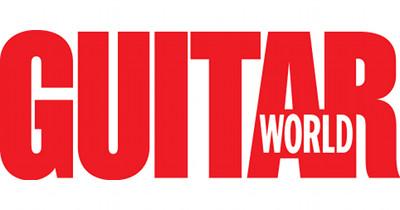 This is an excerpt from Play It Loud: An Epic History of the Style, Sound & Revolution of the Electric Guitar by Brad Tolinski and Alan...
This is an excerpt from Play It Loud: An Epic History of the Style, Sound & Revolution of the Electric Guitar by Brad Tolinski and Alan...
This is an excerpt from Play It Loud: An Epic History of the Style, Sound & Revolution of the Electric Guitar by Brad Tolinski and Alan di Perna.[1]
In 1954, at the age of 41, blues musician Muddy Waters had finally made it to the top. Or so it seemed.
“Hoochie Coochie Man” and “I Just Want to Make Love to You,” released that year, became his biggest sellers and remained in the Top 10 R&B charts for more than three months. But the winds of change were blowing, and that summer blues record sales suddenly plummeted, dropping by a dramatic 25 percent and sending shock waves through the Chicago music industry.
Record execs blamed the poor economy, but a fresh and more youth-oriented brand of music was starting to sweep the airwaves, one that was built on the bones of the very R&B, blues and country that they had so carefully nurtured. As Waters would later sing, “the blues had a baby and they named it rock and roll.”
In ’54, Elvis Presley paired the country tune “Blue Moon of Kentucky” with “That’s All Right,” a song originally performed by blues singer Arthur Crudup, and the single sold an impressive 20,000 copies. That same year, Bill Haley & His Comets sold millions with “Shake, Rattle and Roll” and “Rock Around the Clock.” In response, Leonard Chess of Chess Records sniffed out and signed two young electric guitar–playing rockers of his own. Bo Diddley and his rectangular guitar would become an enormous commercial success; but it was Chuck Berry[2]’s crossover to the white teenage market that would make him a legend.
Charles Edward Anderson Berry, born to a middle-class family in St. Louis in 1926, was a brown-eyed charmer who loved the blues and